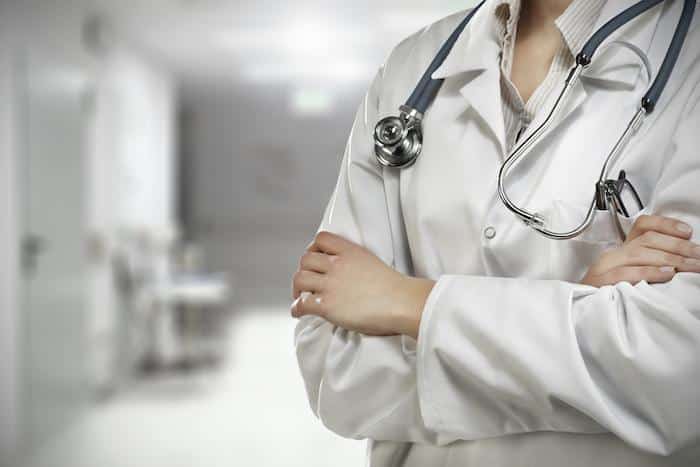Remote patient monitoring (RPM) uses technology and mobile medical devices to help health care providers monitor your well-being remotely between regular visits. The devices, which vary based on your condition, send health data to your providers, who use it to identify changes to your condition or alert your care team when you need medical attention.
At Prima Medicine with offices in Fairfax and South Riding, Virginia, our providers most often use RPM to help patients with chronic conditions get the care they need faster. Many private health insurance providers as well as Medicare and Medicare Advantage cover RPM.
At Prima Medicine, we’ve partnered with Medsien, industry leaders in RPM, to ensure our patients with chronic conditions get the best care possible. This five-part program helps keep you healthy and connected to your care team. Here’s a closer look:
1. Specialized RPM devices
Mobile RPM devices vary based on your condition and needs. A few examples of RPM devices include:
- Glucose meters to monitor blood sugar
- Blood pressure and heart rate monitors
- Blood oxygen level monitors
- Infertility monitoring and treatment
- Continuous surveillance monitors (usually for patients with dementia)
- Remote infertility treatment and monitoring
Your Prima Medicine provider determines which device(s) would benefit you best.
2. Personalized health-improvement plan
At Prima Medicine, we know no two patients are exactly alike. Even patients with the same condition have different needs. Our team uses the information from your medical history, physical exam, labs or tests, and RPM device data to create a customized plan designed to improve your health.
The data from the RPM devices helps our team see when you need additional interventions. And when you’re improving, RPM helps us more quickly adjust your medications and other therapies.
3. Regular device check-ins
Getting health care data from your RPM device is a key part of your health care plan. To make sure the information we get from your remote device is accurate, your RPM plan includes regular phone check-ins with Medsien.
If we spot any problems with your data or if your device isn’t the best match for you, we make changes to your plan. We can also answer any questions you have about your device or help you troubleshoot problems.
4. Dedicated RPM patient phone line
As an RPM patient, you have access to a dedicated phone line. Since RPM increases your engagement with your condition, your understanding of your condition improves. Should a problem arise or if you have a question about your health, you’re connected to a care provider more quickly.
5. An RPM care coordinator
Your RPM program includes access to a care coordinator who receives your data automatically. This means they’re checking your vitals and any other relevant medical information every day to ensure you stay as healthy as possible. It’s similar to visiting the doctor, but without the need to come to the office.
Your RPM care coordinator reviews your information and connects with your doctor if a problem develops. This means your team can take action right away and help you get treatment quickly.
To learn more about remote patient monitoring or to get started with RPM, book an appointment online or over the phone with Prima Medicine today.






